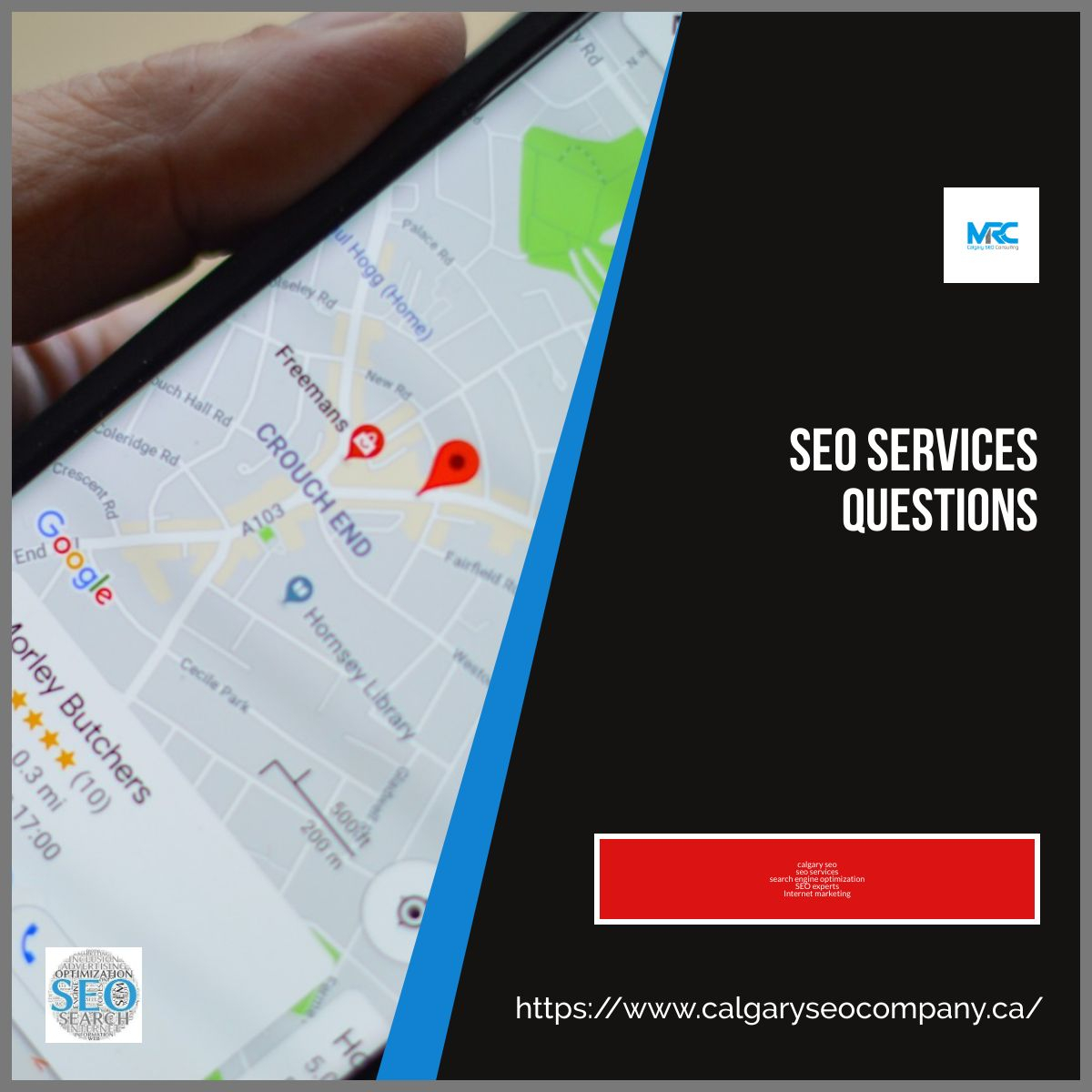Title Tag Optimization: A Complete How-to Guide
Believe it or not, SEO doesn’t just start and end with what keywords you stuff your content with. In fact, it’s something that happens much earlier than that. As far back as the title itself.
Title tags are the first things someone will see when type in a search term and end up with your link on their search results. They also happen to be one of the few things that improve your rankings.
We’ll be exploring just what it takes to get your title tags optimized right so you can enjoy the benefits of your new-found SEO knowledge and put it to good use.
Choose a Title That Accurately Reflects the Content
This should come across as a no brainer. But you will still find people who don’t understand the importance of having relevant titles, or any titles at all. As a result, they lose out on the ample opportunity to make some points on their SEO.
It’s no surprise that Google tends to rewrite the titles to websites if they don’t accurately reflect the content or exist. They do this so they can work their search engine to offer precise results. If you’ve just had your website’s title rewritten, you might end up losing your focus keywords.
That’s why you should always have titles that are relevant to the content. This makes sense even from a usability standpoint where your audience knows upfront what they’re clicking on. If you can have your title make sense, then that goes a long way to making your SEO rise.
Build It Around Your Keyword
There’s no one way to title tag something. You can do it in any number of different ways, depending on what you want to convey out of it. However, there’s one rule you should always follow if you’re aiming for SEO. And that’s to build the title around the keyword, not the other way around.
After all, when someone is searching for something, they want the result related to their query. If you search for baseball bats, you want the first words to be baseball bats. It fulfills the idea of searcher intent and puts the mind at ease that you have just found the right thing.
That’s why it’s always key to start with the keyword first and build the title on from there. When it’s the first thing that falls on someone’s eye, it will earn you a good number of clicks right away.
Know Your Page Type
Not all pages are made the same. You can have different titles depending on what kind of content is being served up on your page. Are you making a title for an article, product page, blog posts, local services, or reviews? Your answer will also have to reflect the title of the page.
Depending on your page type, you can have your titles serve vastly different priorities than the ones you might have intended with other pages. For example, if you target product pages, you will likely need to have information about the product itself.
While searching for something like Doritos, you should have a title that looks like ‘Doritos Nacho Cheese – 12 Pack’. That’s because someone searching for a product is likely already set on buying it; they just want to know where they’ll get it.
The same basic principle applies for other page types. Blog posts will have emotional, easy to understand, and clickable titles. Local services will have a lot of keywords added to make the page rank higher. Reviews will work with adding words like best, latest, or adding in the current year to communicate relevancy. Whatever the case, the title should always work with the content type.
Decide Who You Serve
Optimizing your title doesn’t always mean that you’re going to playing to improve your ranking numbers. Sometimes it also means working to make your link more appealing to the audience, deciding when to serve which approach is a key factor here.
There are situations in which it makes more sense to serve the search ranking. This is in situations where you offer a basic product or service. Being the highest on the results page means you will be the first to be clicked, which might lead to a sale. This gives you a likely lead over your competitors.
On the other token, in cases where you want to stand a bit more uniquely, is where you should serve the viewer. Let’s say you run a blog post that offers information about a specific subject. People will be more likely to sift through links until they find one that seems to fit their needs. In cases like these, SERPs aren’t as important, and the first few links might even be ignored.
Follow Basic Guidelines
There isn’t a single absolute way of writing titles. But there are basic guidelines that you can follow to get there. Whether you choose to follow them completely or use them to shape your title along, they can be really helpful.
First of all, make sure your title fits into the basic rulesets of titles. Ideally, you should have a short title that’s 60 words or less. Employ the use of short sentences to convey the idea rather than long ones. Take out any unnecessary elements like any uppercase letters, extra punctuation, repetitive or redundant words.
Do the same for all your pages, but make sure they all have different titles. You should also try to aim for a unique title that may be untapped or not used by other pages. Add in varying combinations of the focus keyword and experiment with them.
Lastly, seal the deal with a bit of emotional energy. Add elements like questions and statements in your title by starting with words like how, why, this, and so forth. You can extend the idea by adding in a number of open-loop that entices the viewer and piques their curiosity enough to click.
My name is Michael Chrest , I am the owner of MRC SEO Consulting , I have been working with websites since 2005 and started with a technical background in IT. Having worked with hundred of websites , doing design , technical work and search engine optimization I know what is required to get your website ranking. I spend a lot of time learning new SEO practices to keep up with the constant change Google put in place. Give me a call and let me show you what I can do for you.


